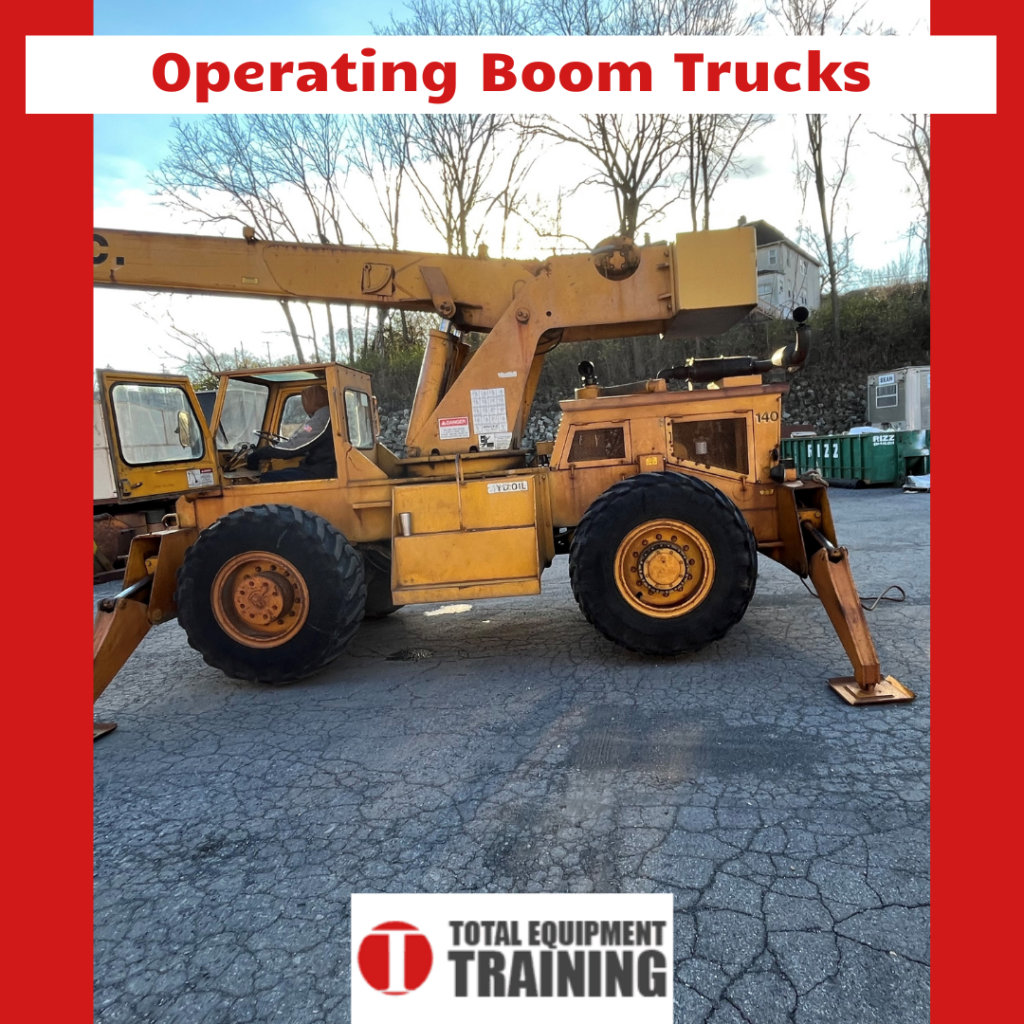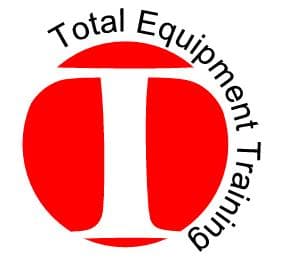
Safely lifting and moving loads is a core part of the heavy and construction industries. Several implements have been developed to help achieve this, common among them being the crane. They come in a variety of configurations all specialized to the type of work they are intended for. On smaller scales and work sites outside of construction, the power of most mobile cranes would be underutilized, allowing boom trucks to take center stage.
What is a Boom Truck?
A boom truck is a commercial truck with a hydraulic crane mounted to its chassis. The crane system itself is comprised of a rotating telescopic boom that can have a variety of attachments connected. Both the boom and truck can be specialized for different jobs, providing diverse size and power range options.
Boom Truck Use and Uses
Boom trucks are highly maneuverable, moving between locations as normal trucks would. They work best at lift jobs, and are great for transporting material (flatbed component) to/from the work site and loading/offloading itself (crane component). This saves resources that would have been used to procure two utilities; one to transport the (heavy) materials and another to lift/move them.
In some cases, thanks to the diesel powered engine under the truck’s hood, the boom truck can be used in towing. Some specific uses of boom trucks include:
- Repairs and maintenance
- Construction
- Entertainment (lighting and stage setups)
- Agriculture (fruit picking)
- Warehousing
Types of Boom Trucks
Although boom trucks can have different attachments on the end of their booms, their main classification is in the type and setup of boom that they use.
- Articulating Boom Trucks: These boom trucks have a hinged boom. These joints allow for greater flexibility since the boom can be maneuvered in various angles. Articulating boom trucks are great for use in narrow work spaces, and working around obstacles.
- Telescopic Boom Trucks: The boom on these trucks are straight; only extendable in one direction. Telescopic boom trucks can reach farther than their articulating counterparts, making them great for use in open areas and across gaps and spaces.
- Fixed Cabin Boom Trucks: Mostly comprised of larger boom trucks, fixed cabin –as implied- have a single point of operation of the boom. The operator does not move with the boom, and controls both the boom and the truck from the cabin
- Swing Cabin Boom Trucks: The control mechanism for the boom is separate from the driving control for the truck, allowing for more focus on the lifting operation. These are also larger boom trucks, often sacrificing carriage space for the boom operation cabin.
Most boom trucks are used for load lifting operations, and are characterized by a hook-based hoisting system on their end. To lift people, the hoisting system is replaced by a basket, in which a number of people can be safely lifted to work at height as necessary. This use has become so common and essential that they are a category on their own: cherry pickers, named after their utility in agriculture.
Boom Truck Operator Certification
OSHA (Occupational Safety and Health Administration) is the national regulatory authority when it comes to safety and operation of heavy vehicles and utilities. They have classified boom trucks as a sub-category of cranes, with the same requirements on their operation. OSHA requires that crane operators be qualified and certified for any cranes that have a lifting capacity of 2000 pounds (approx. 908 Kg) or more.
The NCCCO (National Commission for the Certification of Crane Operators) is the issuing body of Boom Truck certification, allowing the candidate to apply for the job nation-wide. Some requirements include:
- Applicant be 18 years of age
- Comply with NCCCO Substance Abuse Policy and Code of Ethics
- Pass the STC (Service Truck Crane Operator certification) written and practical examinations
Boom Truck Operator Training
For top-notch industry standard boom truck operator training for you and/or your team, look no further than Total Equipment Training. TET is a nationally recognized, OSHA-compliant training, safety and inspection organization with a national network of industry professionals skilled and experienced in expertise at all levels of the heavy and construction industries. Reach out to TET today and join their Boom Truck Operator Training program and realize a safer and more efficient workplace.

